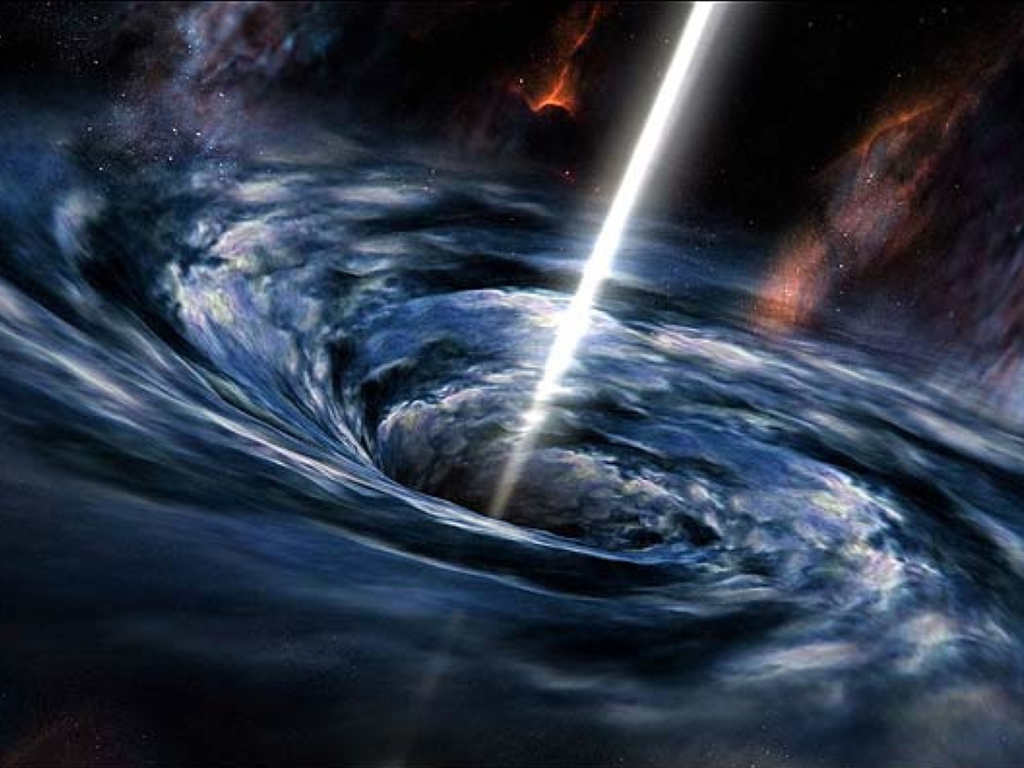Space-Time
We have all seen and
heard about the analogy of space-time as a fabric. Mass
bends the manifold of space-time such that an object with
mass passing by another object does not travel in a straight
line but starts to "sink" into the bend caused by the mass.
Here is a 3D representation of the bending of space-time.

http://cdnimg.visualizeus.com/thumbs/df/49/grid,planet,space,spacetime-df4956ec0ccee7ecf4f84ea9439b57d0_h.jpg?ts=93246
While I think it is
very interesting how objects can be affected by this bend,
what we will be focusing on is its relativistic properties.
Not only does the path of an object change, but the fabric
of space-time can be bent to such an extent that an object's
spatial and temporal properties are not the same as that of
objects in other inertial frames.
Time Dilation
Imagine that an astronaut flew around
the solar system at near light speed and returned to the
Earth. If he or she compared the time on the ship with the
time on Earth, they would observe that the time on the
ship was a little slower than the time on Earth. In other
words, an object moving at near light speed will pass
through time at a slower rate than other objects. But from
the perspective of the moving object, it seems that the
objects around it are passing through time at a faster
rate as it speeds up.
Length Contraction
As an object approaches the speed of
light, its spatial properties will also be distorted by
contracting its length parallel from the point of view of an
outside observer. But for the moving object, its own length
will seem unchanged and it is the rest of the universe that
undergoes length contraction!



